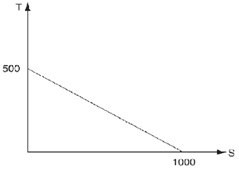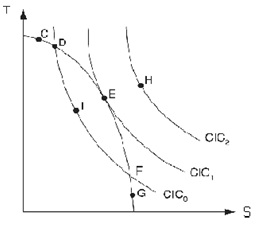problem 1) Difference between a country's Gross National Product (GNP) and its Gross Domestic product (GDP) is:
(a) GNP refers to production within nation whereas GDP refers to production by domestic factors no matter where they are located.
(b) GNP is always bigger than GDP.
(c) GDP refers to production within the nation whereas GNP refers to production by domestic factors no matter where they are located.
(d) Two of the above are true.
problem 2) Which of the following is true:
(a) Much of the trade of European Union (EU) countries is with EU countries.
(b) Industrialized countries tend to trade relatively little and largely with developing countries.
(c) Developing countries in Africa and South America tend to trade the most and largely with themselves.
(d) All of the above are true.
problem 3) Which analysis by economists refers to attempt to answer problems like find the effects of a tax on production and consumption decisions?
(a) Positive
(b) Negative
(c) Normative
(d) Investigative
4-6 problems based on the given PPF.

problem 4) Relative price of S (in terms of T), PS/PT, is:
(a) 2.
(b) ½.
(c) 500.
(d) 1000.
problem 5) Relative price of T (in terms of S), PT/PS, is:
(a) 2.
(b) ½.
(c) 500.
(d) 1000.
problem 6) If relative price of T were to increase, then price line will:
(a) shift out in a parallel fashion.
(b) shift in a parallel fashion.
(c) become steeper.
(d) become flatter.
problem 7) In autarky, when community maximizes its standard of living, its consumption point is:
(a) below the production possibility frontier.
(b) on the production possibility frontier.
(c) above the production possibility frontier.
(d) can’t tell without more information.
problems 8-10 based on the diagram given below:

problem 8) In autarky, economy will be in general equilibrium at point:
(a) I.
(b) D.
(c) E.
(d) F.
problem 9) If tastes were to change so that S became more preferred relative to T, then, in autarky, production and consumption will move from their initial equilibrium to a point:
(a) C.
(b) D.
(c) E.
(d) F.
problem 10) Which of the it is true:
(a) Relative price of S is higher at G than at D.
(b) Relative price of T is higher at C than at F.
(c) A move from C to D would raise community satisfaction.
(d) All of the above are true.